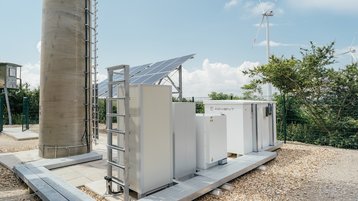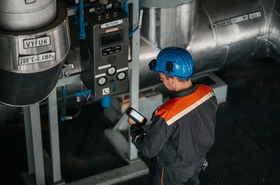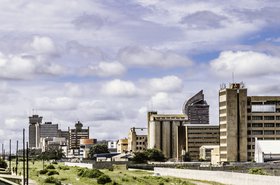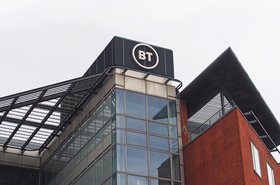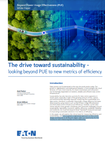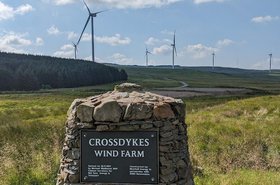O2 Telefónica has announced the activation of its first mobile site that runs independently of the general power supply.
The carrier said last week that it has deployed the site in Sindlbach, in Bavaria, Germany.
According to O2 Telefónica, photovoltaic modules and biomethanol fuel cells supply the newly erected transmission mast with sustainable energy.
Because of this, the carrier notes it has been able to ensure connectivity is available at the site, which was previously a dead zone. Customers in the area can now access the telco's 4G and 5G services, it added.
"With the energy-self-sufficient locations, we are able to supply even rural and remote regions with a fast mobile network where a conventional power supply is lacking or would be too expensive," said Mallik Rao, chief technology & information officer at O2 Telefónica.
"We rely on green electricity and high energy efficiency. This is how we close the last white spots in a sustainable way. Sindlbach in Bavaria is symbolic of modern mobile phone coverage in rural areas."
Earlier this year, the carrier also built a self-sufficient off-grid radio tower equipped with 5G technology in Kirtorf, in the Hesse region of the country.
The site also utilized photovoltaic modules, which were installed next to the radio tower as the primary energy supply for the system.
Much like the tower in Kirtorf, the site in Sindlbach is located in the middle of agricultural and forestry areas, where there is no power line to operate the technology anywhere.
The main energy source is a photovoltaic system. The electricity is temporarily stored in large lithium-ion batteries and is therefore always available.
On occasions when there is less sun, a biomethanol fuel cell can provide energy, notes the carrier. It adds that if in continuous operation, this alone could provide energy for two months with just one charge. The system is controlled using the latest cloud technology and AI, allowing it to automatically switch between the two energy sources as needed.
O2 Telefónica estimates that the self-generated energy on-site can help save more than 13,000-kilowatt hours of electricity per year compared to a conventional installation.
In 2022, Deutsche Telekom and Ericsson completed a trial in Germany showing cell towers can be powered with renewable energy generated on-site. The German telco and Swedish OEM conducted the trial at a live cell tower site in Germany where it was able to operate entirely from wind and solar energy generated by on-site panels and turbines.
Vodafone, Vantage Towers, Latvian telco LMT, and Telstra have also invested in on-site renewables at tower sites. Ericsson last year set up a 5G site in Texas that is powered by solar energy.

